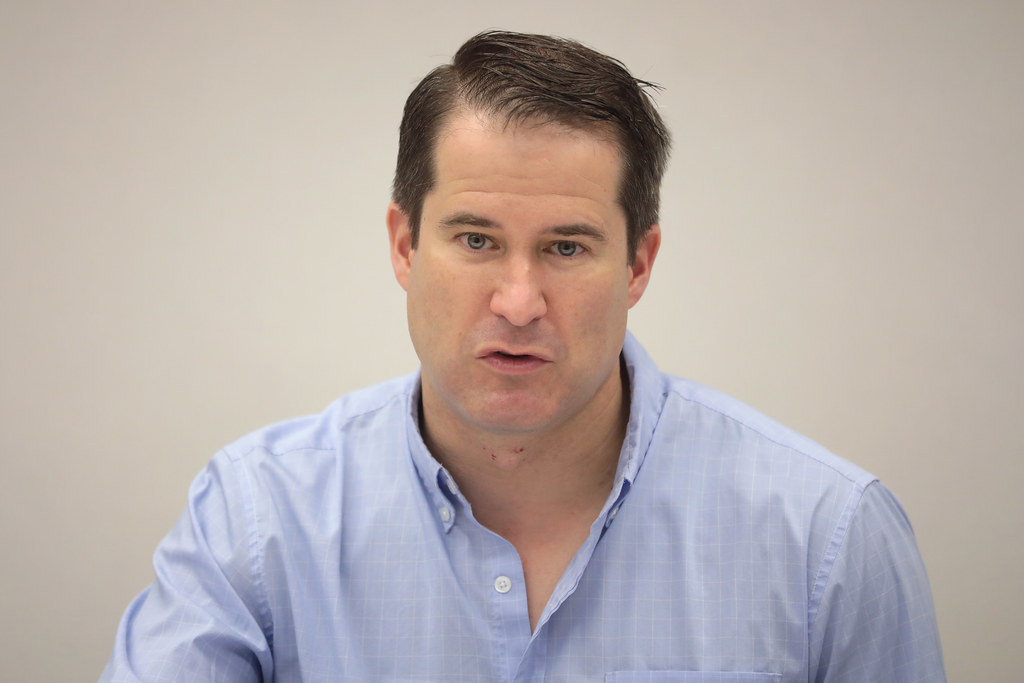Key Takeaways
- Rep. Seth Moulton shared unsettling audio of death threats aimed at him and his children.
- Some callers invoked “MAGA” before issuing graphic and violent warnings.
- Moulton asked President Trump to join other leaders in condemning political violence.
- These death threats reveal growing hostility in American political speech.
- Both officials and citizens must act to stop threats and promote safety.
Death Threats Against Rep. Seth Moulton
Rep. Seth Moulton said he received horrific death threats at his Washington office. He released a one-minute audio clip to show how serious the calls were. In the recording, a caller swore loudly and vowed to kill Moulton’s mother. Another speaker promised a “violent, bloody death” to shore up “America great again.” Moulton first spoke out after a MAGA activist was killed and he asked President Trump to urge calm. Instead, threats poured in. Many of them mentioned “MAGA” and hinted at future attacks.
What Led to These Death Threats?
Moulton called on political leaders to ease tensions following a public figure’s tragic death. He noted that all parties should condemn violence. However, some Trump supporters took his words as a personal attack. In the days that followed, his office phone lines lit up with angry voices. Callers used crude language to threaten Moulton and his family. One voice said they had more guns and spent time at the shooting range. As frustration grew online, it spilled into real world calls.
The Danger of Death Threats in Politics
Threats like these do more than scare one person. They hurt democracy itself. When elected officials face violent speech, they may think twice before speaking freely. As a result, honest debate can suffer. Moreover, staffers and family members feel unsafe. That fear stifles public service. In addition, threats can inspire real violence. For example, recent events showed how quickly anger can turn deadly. Therefore, every threat must be taken seriously and investigated.
Moulton’s Response and Appeal for Calm
Instead of backing down, Moulton chose to go public. He tweeted that no one should solve political disagreements with guns or violence. He urged President Trump to join Speaker Johnson and other Republicans in condemning political violence. He stressed that violence is never the answer in politics. By releasing the audio, he hoped to shine a light on dangerous words. Ultimately, Moulton called on all leaders to cool off the nation’s heated rhetoric.
The Bigger Picture of Political Violence
Political anger has soared on social media and in private messages. Little by little, hateful talk can lead to real action. Sadly, the shooting of the MAGA activist showed how fast words can turn lethal. After the arrest of a suspect, news emerged that he came from a pro-Trump family. While he registered as nonpartisan, his arrest renewed concerns about extreme views. As a result, people are asking tough questions about how politics and gun culture mix.
The Role of Leaders in Curbing Threats
Leaders shape how their followers act. When top officials condemn violence, followers listen. Conversely, harsh or mocking language can fuel anger. President Trump blamed “radical left political violence” for the activist’s death. Then on a major show, he said he “couldn’t care less” about uniting the country. That stance can embolden hostile voices. Thus, leaders must choose words that heal, not harm. Every public statement matters when tensions are high.
How We Can Stay Safe Online
Everyone can play a part in reducing threats. First, think twice before writing or sharing violent messages. Then, report any threat to proper authorities right away. Also, support laws that punish threats and protect public servants. In addition, learn to spot harmful patterns online. Finally, encourage respectful debate, even when views differ. By taking small steps, communities can push back against hate.
Why “Death Threats” Matter Today
The rise of death threats marks a worrying trend in politics. Rather than tough talk, we need honest debate and safe spaces. When threats become common, people may stop sharing their views. That loss hurts democracy. Moreover, fear can spread beyond politicians to everyday citizens. Therefore, it’s vital to address threats head-on. Only then can we protect free speech and public safety.
FAQs
What counts as a death threat?
A death threat involves a clear promise to harm or kill someone. It can happen in person, over the phone, or online. Harsh words count if they promise violence or inspire fear.
How should a person react to a death threat?
First, they should stay calm and record evidence. Then, they must report the threat to law enforcement. It helps to inform trusted friends or colleagues. Finally, they can seek legal advice or protective orders.
Can public officials get extra protection from threats?
Yes. Law enforcement can step in to guard officials under serious threat. Agencies can monitor calls, emails, and social media messages. They also work to find and stop potential attackers.
What role can citizens play in preventing threats?
Citizens should avoid sharing violent messages and report threats they see. They can speak up for respectful dialogue in their communities. By choosing words carefully, they help cool off heated discussions.

